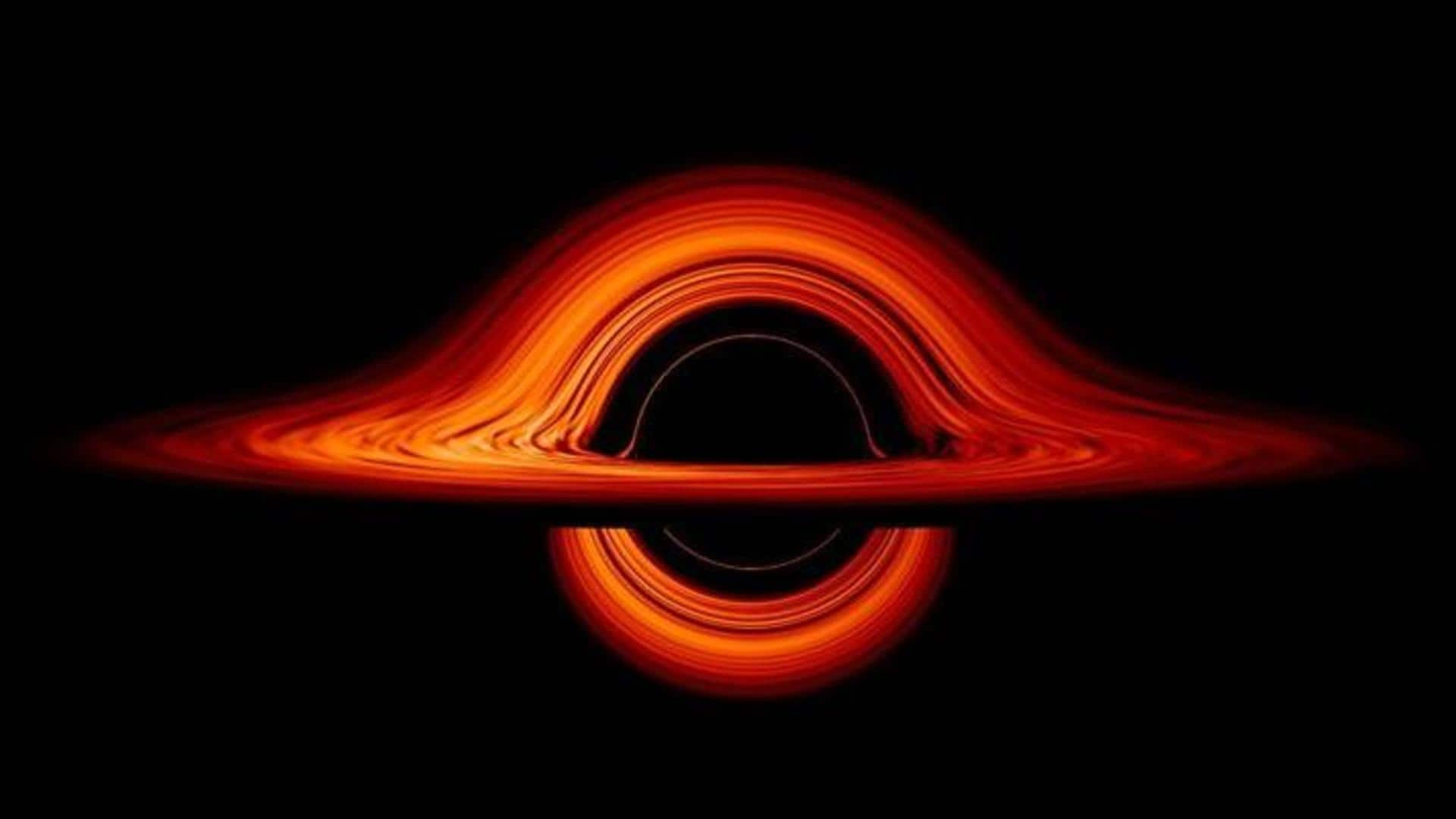NASA's JWST finds black hole from the beginning of time
Written by Sanjana Shankar, Apr 14, 2023, 05:16 pm, 3 min read

The supermassive black hole is 10 million times the mass of the Sun. Representative image (Photo credit: NASA)
NASA's James Webb Space Telescope (JWST) may have discovered the oldest black hole ever. Webb's onboard equipment allows it to look back to the earliest phases of the universe. The newly-found supermassive black hole is 10 million times the mass of the Sun. It resides at the center of a galaxy formed 570 million years since the universe began.
Why does this story matter?
What's interesting is the recently found black hole is thought to have formed during cosmic dawn, a period roughly 100 million years after the Big Bang.
It could be only one of the many black holes that swarmed the universe back then. Exactly how many of them are there and how they got so big is something we are yet to discover.
JWST's onboard infrared cameras helped spot the black hole
Light travels at a particular speed in the vacuum of space. The deeper astronomers look, the further back in time they can observe. To spot the black hole, researchers used two infrared cameras on the Webb telescope, namely the Mid-Infrared Instrument and Near Infrared Camera. The team used the in-built spectrographs on the cameras to break down the light into its individual frequencies.
Researchers found an unexpected spike in frequencies
When deconstructing the light signals and their frequencies, the researchers found an unexpected spike among the various frequencies. This spike served as a key sign, allowing the researchers to conclude that the hot material in the vicinity of the black hole was emitting radiation. But there's something we do not know for sure: how such black holes formed abruptly in the early universe.
There are two theories that could offer an explanation
There are two main theories that seek to explain how black holes emerged so suddenly after the Big Bang. One theory suggests that black holes are remains of massive stars which formed much faster than the ones we know about today. The other suggests that extremely dense clouds of gas collapsed all of a sudden to form these massive, mass-eating cosmic monsters.
There should be more black holes that are younger: Larson
"We do expect that this black hole didn't just form [recently], so there should be more that are younger and existed earlier on in the universe," the study's lead author Rebecca Larson, told Live Science. "We're just starting to be able to study this time in cosmic history this way with the JWST, and I'm excited for us to find more of them."
Researchers will continue to conduct further investigations
In future investigations, researchers will look for stronger signs of light from the distant galaxy which could provide information as to how the mysterious supermassive black hole emerged at the galaxy's center.